Have you ever had Vegetarian Pasta in tomato sauce? Finding delicious meatless recipes can be challenging, but when you think like a restaurant chef, you’ll see just how easy it is to make delicious vegetarian dishes!
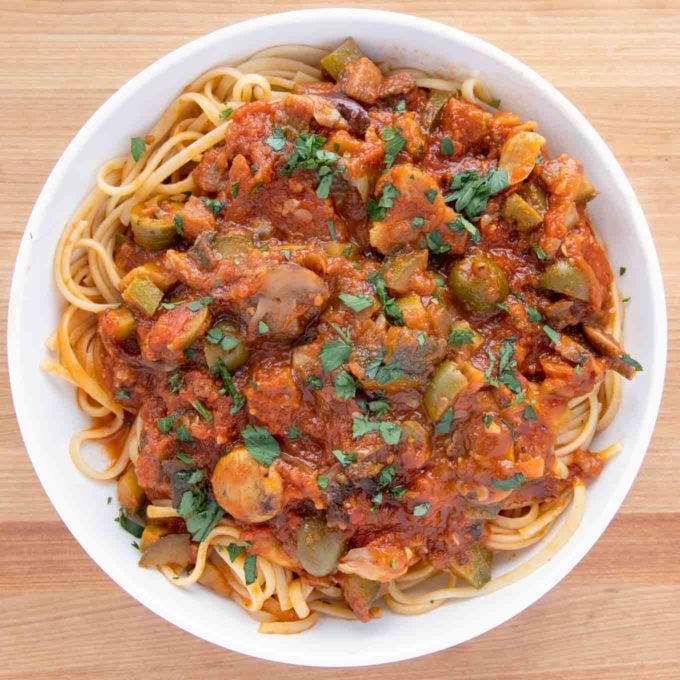
It comes down to classic flavors for my pasta dish, and if you’re familiar with classic Italian recipes, you’ll see some of the similarities in the ingredients I used for this dish.
What ingredients do I need to make a Restaurant Style Vegetarian Pasta Dish?
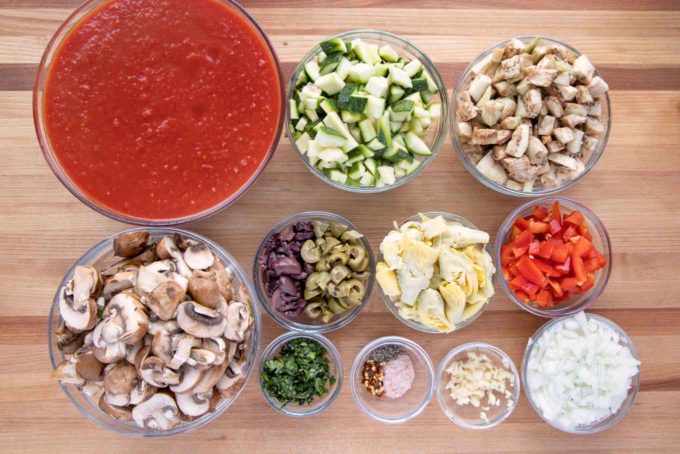
Let’s start by gathering the ingredients we need to make a Restaurant Style Vegetarian Pasta in a Red Sauce. In Chef Speak, this is called the “Mise en Place,” which translates to “Everything in its Place.”
Not only does setting your ingredients up ahead of time speed up the cooking process, but it also helps ensure you have everything you need to make the dish.
Since we’re making a tomato based sauce I added two more nightshade vegetables, eggplant, and peppers. The other vegetables I used in this dish were mushrooms, zucchini, onions, artichokes, and olives (green and kalamata).
If you’re not fond of any of these ingredients, feel free to leave them out and replace them with your favorite vegetables. Broccoli, cauliflower, green beans, spinach (or other greens), and asparagus would make nice additions to this dish. You could also add capers or anchovies to change up the flavor.
What Are Nightshade Vegetables?
Nightshade is the botanical classification for plants in the Solanaceae family. These include tomatoes, eggplant, peppers (hot and bell), and white potatoes. These vegetables share genetic ties with a toxic specie, belladonna, which is known as the deadly nightshade. But these vegetables tend to be familiar to a lot of cooking styles from around the world and are known as low-calorie, high-nutrient foods, which is good.
Why are they called nightshade vegetables? There is no definitive explanation, although it was once believed that these plants grew in the shade.
How do I make Vegetarian Pasta?
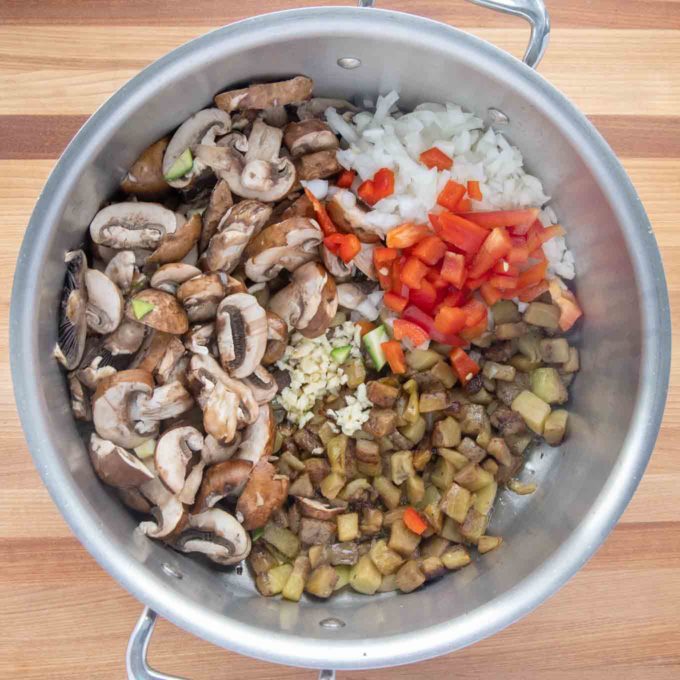
The first step is to sauté the eggplant. Always add ingredients into a dish based on the amount of time they take to cook. Eggplant takes the longest so we start by sautéing the eggplant in olive oil for about 5 minutes over high heat.
When the eggplant has been nicely seared, add the mushrooms, onions, peppers, and garlic. Continue to sauté for an additional 5 minutes.
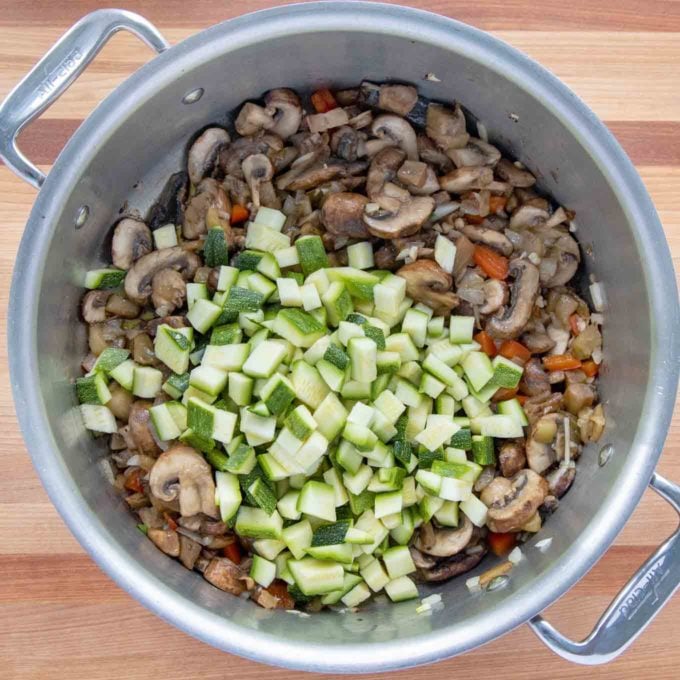
When those vegetables have been nicely cooked, add in the zucchini. Allow this to cook for another 2-3 minutes.
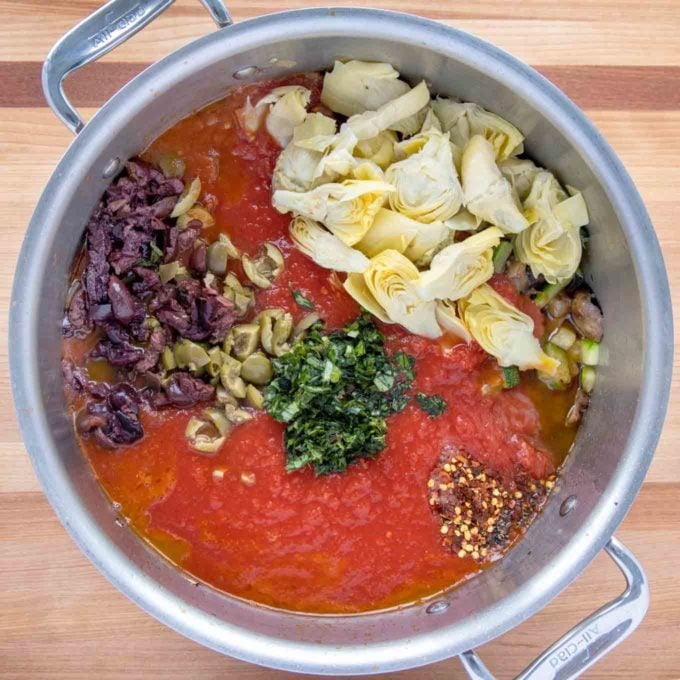
The last step is adding in the tomatoes, olives, artichokes, basil and seasonings. Mix all the ingredients together and let the sauce come to a boil. Then reduce the heat to low and allow the sauce to simmer for 20-30 minutes.
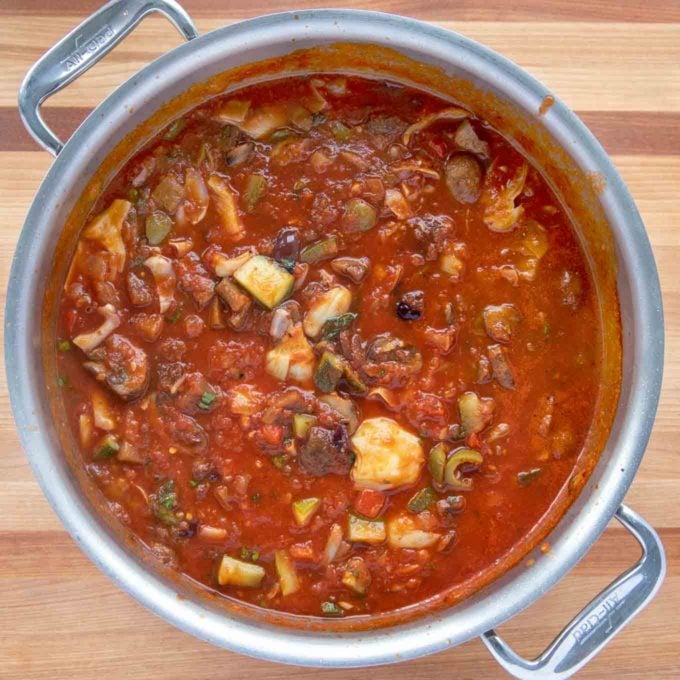
The sauce can simmer a little longer, but the real improvement will be the next day after the flavors have had time to build. The sauce is excellent the day you make it.
It’s a flavorful, fresh pasta sauce, but it will be a little richer after sitting in your fridge overnight.
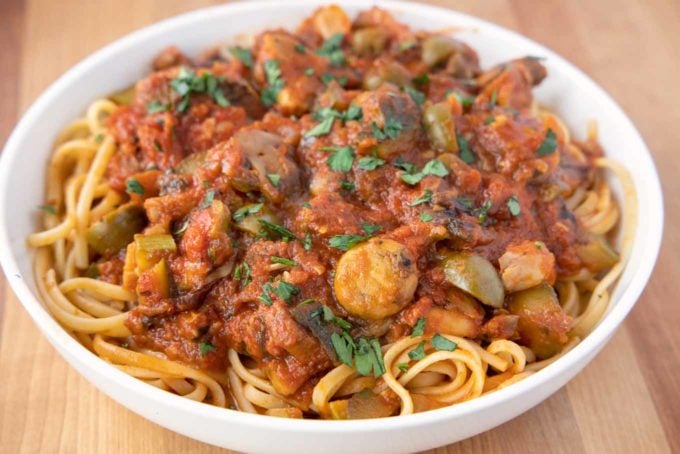
Wouldn’t your family love to sit down to this deliciousness? It’s a perfect meal for Meatless Monday or any day of the week!

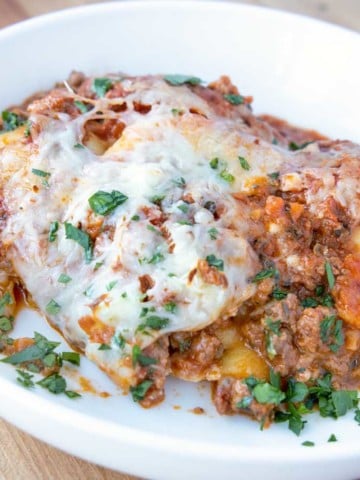
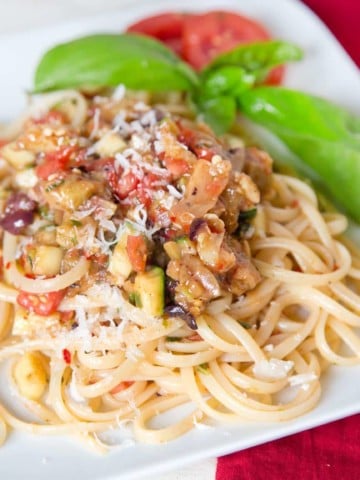
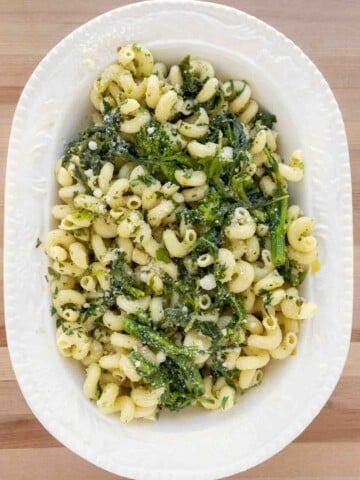
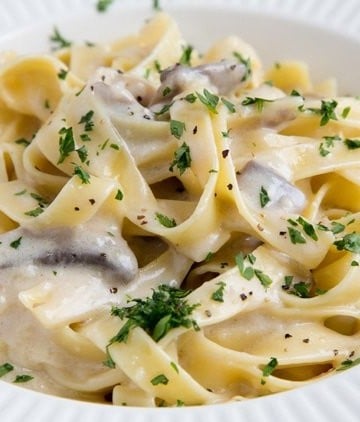
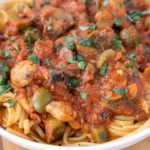
Thao says
It looks yummy I will try cook this pasta for dinner tomorrow. Thanks for the recipe.
GayleMarie says
Hi Chef Dennis….
This recipe looks great. I despise olives, so will deleting them from the recipe really affect the taste of the finished sauce? Thanks!
Chef Dennis Littley says
not at all, my wife loves olives so that’s why I added them in. You can add any of your favorite veggies into the mix.
Kari Heron says
Chef Dennis this exactly what a I was looking for a restaurant quality vegetarian meal and I like how you break things down
beckandbulow says
Its so yummy.
Natalie says
Oh, I love this veggie-loaded pasta sauce. Sounds so delicious and the texture is amazing. I just saved this recipe. Can’t wait to make this for my family. Thanks for another lovely recipe idea.
Cindy says
Just thinking about this dish makes my mouth water. I love the olives in this red sauce, it’s so good!